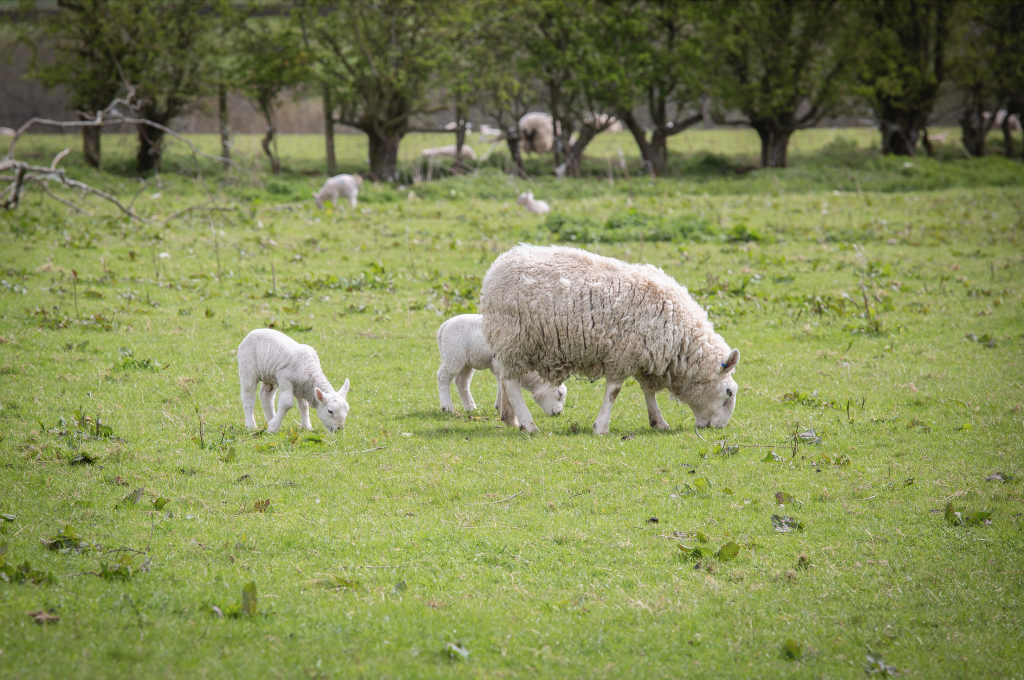
EAE Vaccine Cevac Chlamydia - Anticipated End Of Season Shortage
Ceva Animal Health is urging vets to encourage farmers to vaccinate their flocks with Cevac Chlamydia early in the season to help protect their ewes from EAE (enzootic abortion of ewes) and avoid stock issues later in the year.
- Ewe lambs can be vaccinated with Cevac Chlamydia from five months of age
- Shearlings (one year plus) and older can be vaccinated within four months before tupping and no later than four weeks before the rams go in.
Harry Walby, ruminant veterinary advisor at Ceva Animal Health, comments: “EAE remains one of the most commonly diagnosed causes of abortion in UK sheep1, costing the UK sheep industry up to £20 million annually. We have been advised that there will be stock availability issues later in the year and so we are urging vets to encourage farmers to vaccinate their flocks as early as possible to utilise current provisions of Cevac Chlamydia whilst stocks are available.”
Fiona Lovatt BVSc PhD FHEA DSHP DipECSRHM FRCVS, RVCS recognised specialist in sheep health and production, adds: “An outbreak of enzootic abortion is devastating - this is a disease for which it is essential to ‘Plan ahead, Prevent disease and Protect the flock’. Once we get close to tupping, there is very little we can do if there is a shortfall in vaccine supply at the crucial time. It would be sensible to be ahead of the game and ensure that first time lambers – whether ewe lambs or shearlings - are vaccinated earlier in the season and while there are stocks available.”
EAE is caused by the bacterium, Chlamydophila abortus, which is spread from sheep to sheep, predominantly at lambing, when affected ewes shed large numbers of the bacterium in their foetal fluids and placenta. Infection in a flock can result in the birth of dead and/or weak lambs from about three weeks before lambing is due to start. If sheep are infected after about 100 days of pregnancy they will not abort at this lambing, the bacterium become latent but then reactivates causing abortion at the subsequent lambing. The highly infectious nature of chlamydia, as well as this latent infection means that levels of abortion can be relatively low one year, before resulting in a storm and significant losses in the next year. Some ewes may not abort but can still shed the bacterium, meaning neonatal ewe lambs could be infected. In a previously uninfected flock the infection is generally bought in.
For further information on vaccination with Cevac Chlamydia please visit www.enzooticabortion.co.uk, contact your local Ceva Animal Health account manager or email [email protected].
References
- Veterinary Investigation Diagnosis Analysis (VIDA) report, APHA and Scotland’s Rural College, 2018
- Milne C.E., et al. Epidemiological modelling of chlamydial abortion in sheep flocks, Veterinary Microbiology (2008), doi:10.1016/j.vetmic.2008.09.032
More from Ceva
- Collaborative effort to strengthen Singapore’s preparedness against avian influenza
- Ease Pet Anxiety This Fireworks Season with Ceva's Vet-Approved Solutions
- Ceva and International Cat Care launch season 2 of cat handling training videos
- Ceva launches service to highlight the cost of infertility linked to Q fever
- Are vets and farmers under-using pain relief in dairy cows?

 3 years ago
3 years ago  1113 views
1113 views

 4 days ago
4 days ago